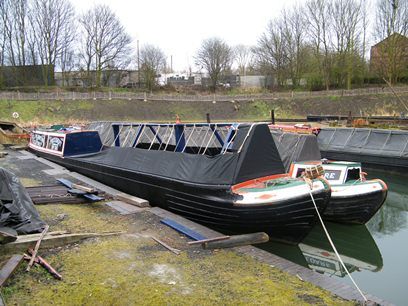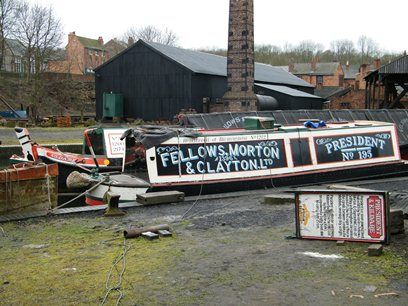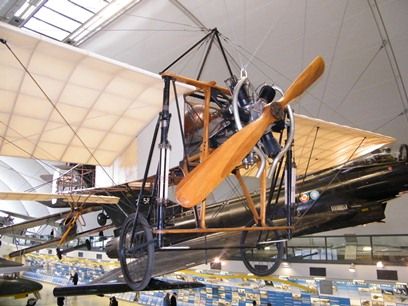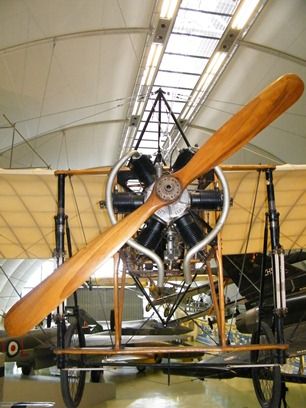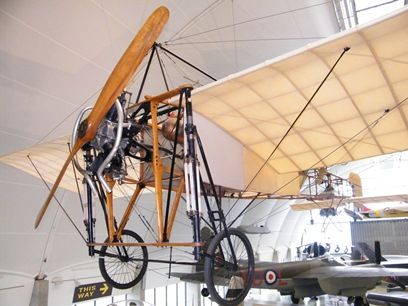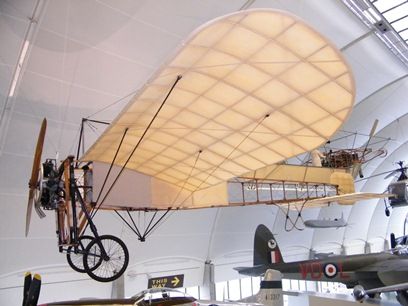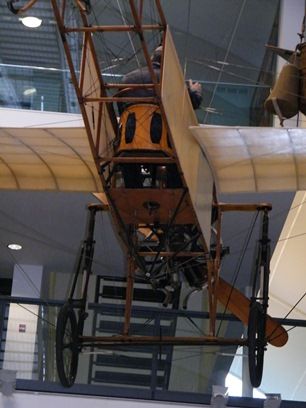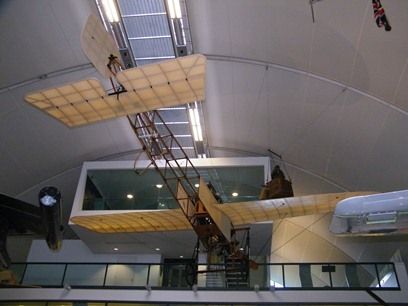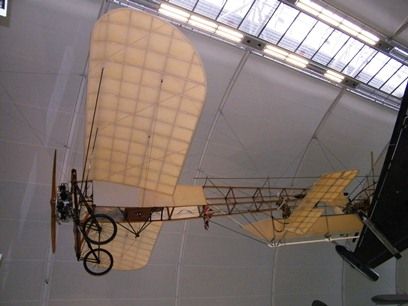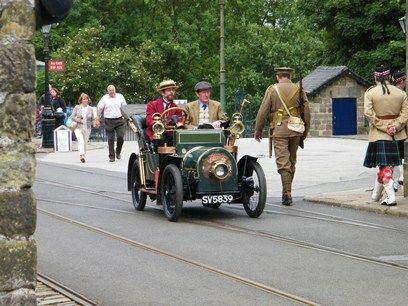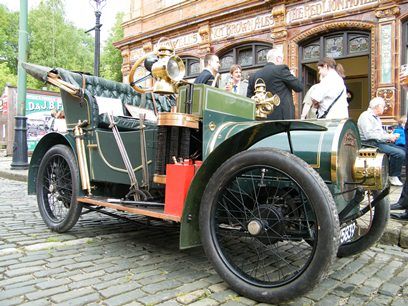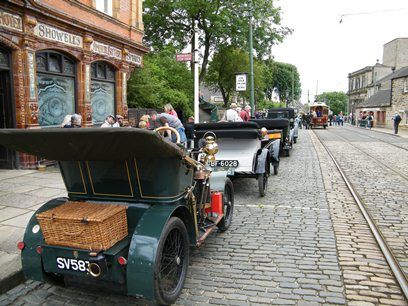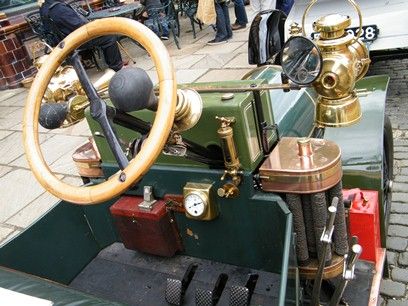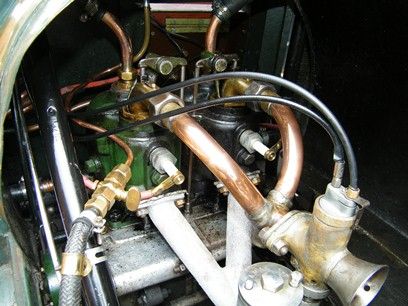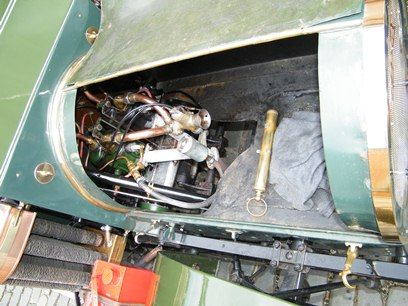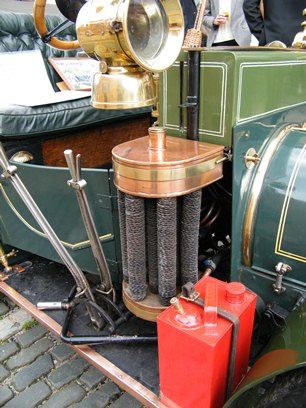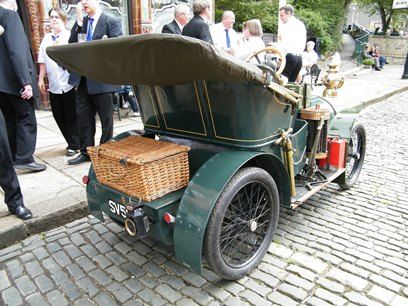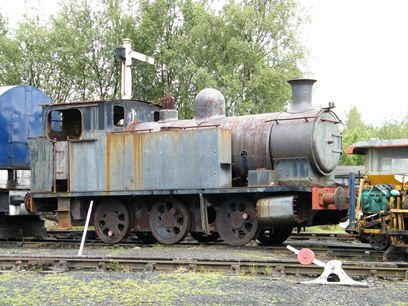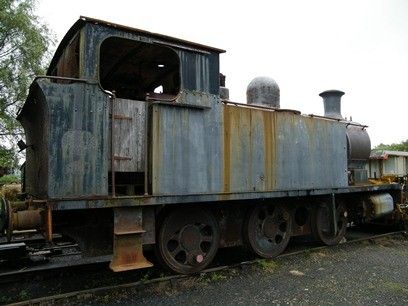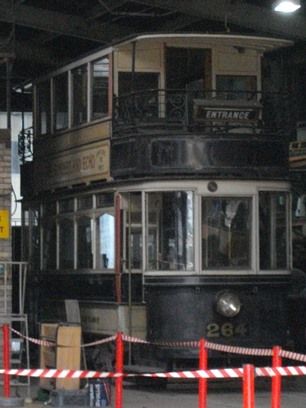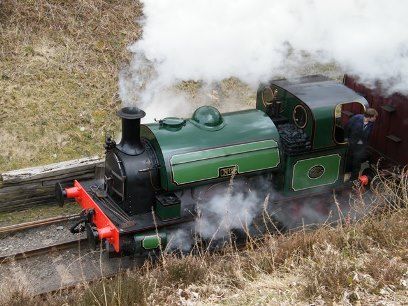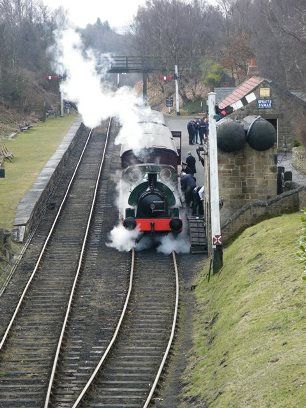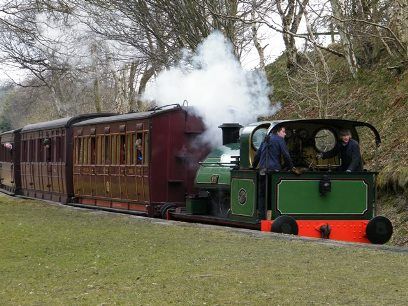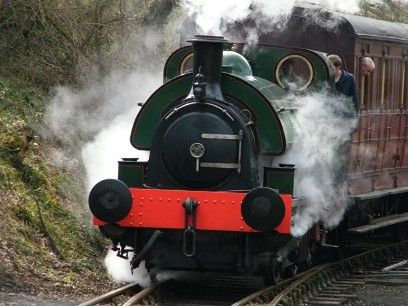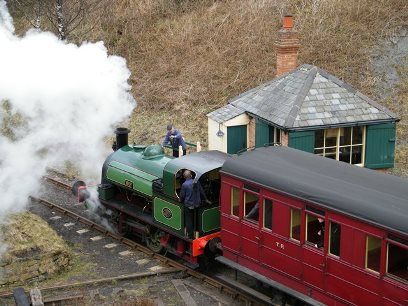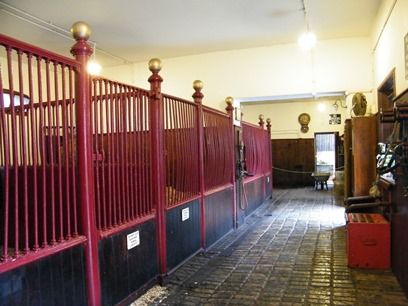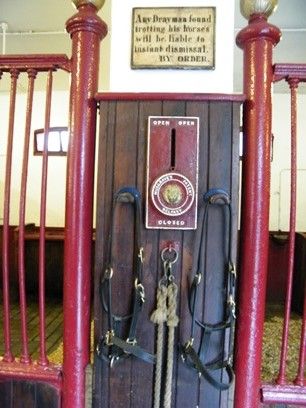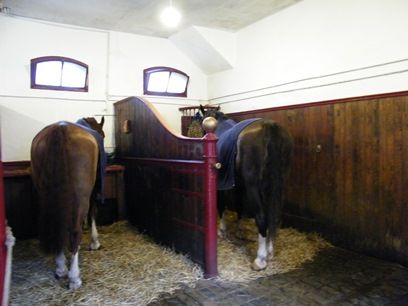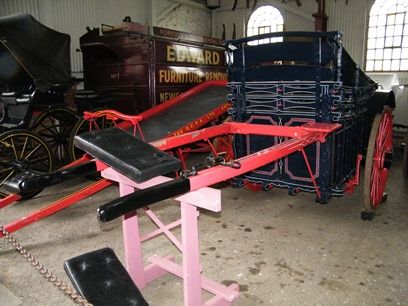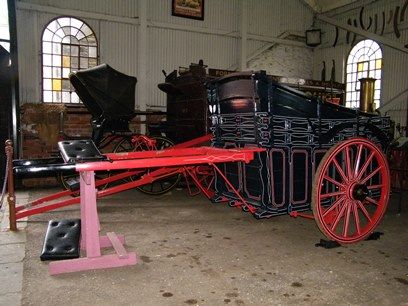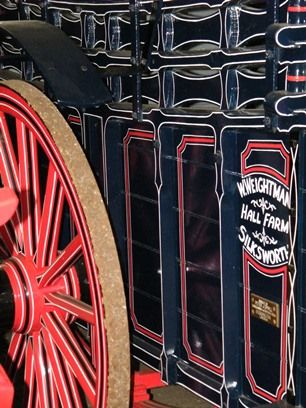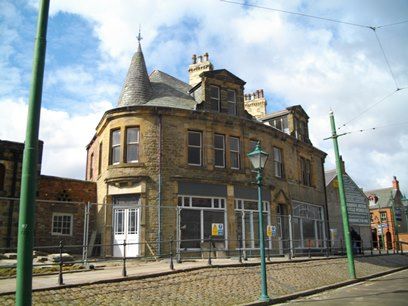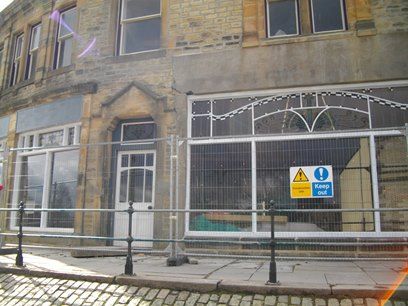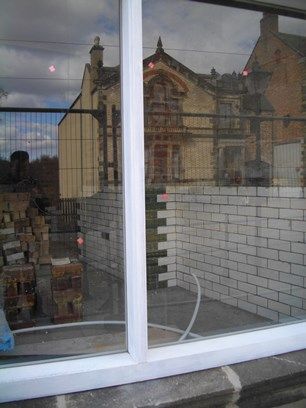This steam narrow boat was built by and for Fellows, Morton and Clayton at their dock in Saltley, Birmingham in 1909 at a cost of £900. It was registered on 23rd June, one of thirty-one steam narrow boats operated by Fellows, Morton and Clayton, one of the best known canal carrying companies, which were built and operated between 1889 and 1931. They operated the 'fly' routes, the fastest routes, between the main cities on the canal network, such as Leicester, Nottingham, Northampton and Birmingham, and even London, the journey from London and Birmingham taking fifty-four hours non stop. The only other alternative at the time was for the boats to be hauled by a draught horse, petrol motors not coming on until the Edwardian era.
The accommodation, which included a bed and also a very, very small kitchen was in the cabin at the rear of the boat, with the steam engine at the front end of the cabin. This had a big effect on the amount of cargo that could be carried, but the power of the steam engine meant that unpowered 'butty' boats, otherwise pulled by a horse, could be towed or tied alongside the steam narrow boat to increase the cargo capacity, and that is how 'President' is seen here, with butty boat 'Kildare' of 1913 to feature in another post. The first Fellows, Morton and Clayton motor boat was built in 1912, and the smaller space of a petrol motor was a massive advantage, and 'President' was converted in 1925. By 1973, 'President' was a derelict hull but purchased and restored to original condition, and is now owned by the Black Country Living Museum and operated by the 'Friends of President' who keep it in working condition with 'Kildare' and can often be seen at canal events around the country - in 2012, 'President' and 'Kildare' took part in the Queen's Diamond Jubilee flotilla down the River Thames in London. Their website is http://nb-president.org.uk/

